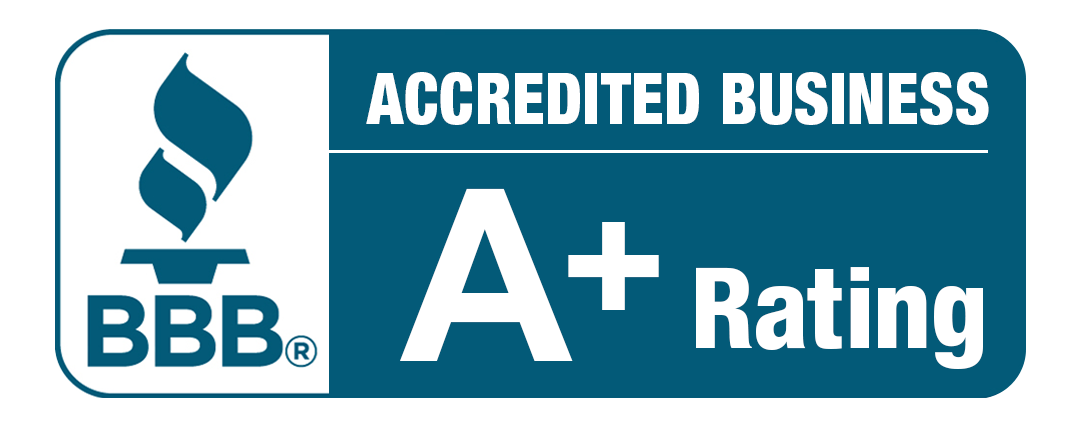A well-selected floor plan enhances your lifestyle and maximizes the efficiency and comfort of your living space. Therefore, choosing the right floor plan for your new custom home is vital in the home-building process. If you are considering a new custom home and aren’t sure where to begin, these tips will help you decide upon the perfect floor plan for your needs.
1. Lifestyle and Family Needs
Your lifestyle and family dynamics should be at the forefront of your floor plan selection. Start by assessing your daily routines and how you use space. If you entertain frequently, an open-concept layout with a spacious kitchen and living area might be ideal. For families with young children or elderly members, consider floor plans with easy access to essential rooms and perhaps a main-floor bedroom for convenience. Additionally, think about future needs—if you plan to expand your family or accommodate extended family members, choose a layout that allows for such flexibility.
2. Functionality and Flow
The functionality of a floor plan greatly impacts your day-to-day living. Pay attention to how the spaces flow together. Ideally, the floor plan should allow for a natural movement between key areas, such as the kitchen, dining, and living rooms. Look for a layout that minimizes unnecessary hallways and maximizes usable space. Consider how the layout will affect privacy—if you prefer separate zones for different activities, opt for a design with distinct areas for sleeping, socializing, and working.
3. Room Sizes and Layout
Think about the size of each room in relation to how you plan to use it. A floor plan with generous room sizes can offer greater comfort, but it’s essential to balance this with practicality. Ensure that rooms are not only spacious but also well-proportioned and functional. For example, if you work from home, you might want a dedicated office space that’s conveniently located yet separate from your main living areas. Consider the location of windows and doors as well, as they can impact natural light and ventilation.
4. Future Expansion and Flexibility
When choosing a floor plan, it’s wise to think ahead. Consider whether the design allows for future expansion or modification. For instance, if you anticipate needing extra rooms or additional features down the line, select a layout that can accommodate such changes. Some floor plans offer the flexibility of adding rooms or reconfiguring spaces, which can be valuable as your needs evolve.
5. Storage Solutions
Effective storage is often a key component of a well-designed floor plan. Evaluate the amount and type of storage each plan offers, including closets, cabinets, and pantry space. Ensure that the plan includes ample storage solutions that align with your belongings and lifestyle. Customizing storage areas, such as adding built-in shelves or closets, can also enhance the functionality of the space. Tip for those building a custom Florida home: Remember that most homes in this region do not have a basement and often have limited attic space. Be sure to plan for more “main floorplan” storage than you would up north. Well-designed garages and outbuildings can also help solve this issue.
6. Integration with Site and Views
Consider how the floor plan integrates with your lot and its features. A good plan will take advantage of the site’s natural attributes, such as views, sunlight, and topography. For example, orienting living areas towards the best views or incorporating large windows can enhance your home’s connection with its surroundings. Also, think about how the layout fits with the landscape and whether it allows for easy access to outdoor areas.
7. Budget Constraints
Finally, your budget plays a significant role in choosing a floor plan. Larger and more complex designs generally come with higher construction costs. It’s important to balance your desires with your budget constraints. Work with your custom home builder to find a floor plan that meets your needs without exceeding your financial limits. Sometimes, slightly modifying a standard plan can provide a cost-effective way to achieve your goals.
Choose Your Floor Plan with Expert Help
Choosing the right floor plan for your new custom home requires careful consideration of various factors. By thoughtfully considering these variables, you can select a floor plan that meets your current requirements and adapts to your future needs, ensuring that your home is both comfortable and functional for years to come.
Bruce Williams has been building beautiful custom homes in Manatee County for 50 years. We have the skills and expertise to make intelligent and strategic decisions you will be pleased to live with for many years.
A well-selected floor plan enhances your lifestyle and maximizes the efficiency and comfort of your living space. Therefore, choosing the right floor plan for your new custom home is vital in the home-building process. If you are considering a new custom home and aren’t sure where to begin, these tips will help you decide upon the perfect floor plan for your needs.
1. Lifestyle and Family Needs
Your lifestyle and family dynamics should be at the forefront of your floor plan selection. Start by assessing your daily routines and how you use space. If you entertain frequently, an open-concept layout with a spacious kitchen and living area might be ideal. For families with young children or elderly members, consider floor plans with easy access to essential rooms and perhaps a main-floor bedroom for convenience. Additionally, think about future needs—if you plan to expand your family or accommodate extended family members, choose a layout that allows for such flexibility.
2. Functionality and Flow
The functionality of a floor plan greatly impacts your day-to-day living. Pay attention to how the spaces flow together. Ideally, the floor plan should allow for a natural movement between key areas, such as the kitchen, dining, and living rooms. Look for a layout that minimizes unnecessary hallways and maximizes usable space. Consider how the layout will affect privacy—if you prefer separate zones for different activities, opt for a design with distinct areas for sleeping, socializing, and working.
3. Room Sizes and Layout
Think about the size of each room in relation to how you plan to use it. A floor plan with generous room sizes can offer greater comfort, but it’s essential to balance this with practicality. Ensure that rooms are not only spacious but also well-proportioned and functional. For example, if you work from home, you might want a dedicated office space that’s conveniently located yet separate from your main living areas. Consider the location of windows and doors as well, as they can impact natural light and ventilation.
4. Future Expansion and Flexibility
When choosing a floor plan, it’s wise to think ahead. Consider whether the design allows for future expansion or modification. For instance, if you anticipate needing extra rooms or additional features down the line, select a layout that can accommodate such changes. Some floor plans offer the flexibility of adding rooms or reconfiguring spaces, which can be valuable as your needs evolve.
5. Storage Solutions
Effective storage is often a key component of a well-designed floor plan. Evaluate the amount and type of storage each plan offers, including closets, cabinets, and pantry space. Ensure that the plan includes ample storage solutions that align with your belongings and lifestyle. Customizing storage areas, such as adding built-in shelves or closets, can also enhance the functionality of the space. Tip for those building a custom Florida home: Remember that most homes in this region do not have a basement and often have limited attic space. Be sure to plan for more “main floorplan” storage than you would up north. Well-designed garages and outbuildings can also help solve this issue.
6. Integration with Site and Views
Consider how the floor plan integrates with your lot and its features. A good plan will take advantage of the site’s natural attributes, such as views, sunlight, and topography. For example, orienting living areas towards the best views or incorporating large windows can enhance your home’s connection with its surroundings. Also, think about how the layout fits with the landscape and whether it allows for easy access to outdoor areas.
7. Budget Constraints
Finally, your budget plays a significant role in choosing a floor plan. Larger and more complex designs generally come with higher construction costs. It’s important to balance your desires with your budget constraints. Work with your custom home builder to find a floor plan that meets your needs without exceeding your financial limits. Sometimes, slightly modifying a standard plan can provide a cost-effective way to achieve your goals.
Choose Your Floor Plan with Expert Help
Choosing the right floor plan for your new custom home requires careful consideration of various factors. By thoughtfully considering these variables, you can select a floor plan that meets your current requirements and adapts to your future needs, ensuring that your home is both comfortable and functional for years to come.
Bruce Williams has been building beautiful custom homes in Manatee County for 50 years. We have the skills and expertise to make intelligent and strategic decisions you will be pleased to live with for many years.






